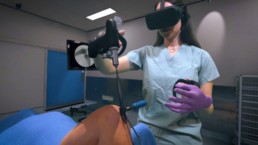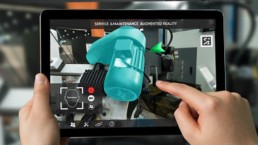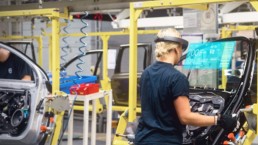9 July 2020
Why should companies switch to virtual and augmented reality today?
Virtual (with HTC Vive) or augmented (with Microsoft HoloLens) reality experiences have been blooming for 3 years, but many companies are still hesitant to commit. It does not come as a surprise. These are relatively young technologies and still little applied on a large scale.
But it is precisely during this incubation phase that it is necessary to get started! Because once the market is “walled”, those who will be committed early will have taken a decisive advance over their competitors. Paradoxically, the emergence of the first major successes is generally the sign of the maturity of a technology… but these successes do not occur without upstream work.
Industrialization is necessarily preceded by R&D phases, proofs of concept and pilot deployment. Since 2017, Conseil 3D has observed a proliferation of POCs among many players in industry, logistics, distribution… This intensified in 2019 and discussions are now turning to real pilot deployments in production .
Microsoft now offers a complete ecosystem with a virtual reality, mixed reality platform (with HoloLens 2 ) and connection possibilities to the Azure Cloud. Oculus just launched Oculus for Business and recently the very powerful mobile headset Oculus Quest . This trend will accelerate further. 2020 will be the pivotal year in which companies will have to invest to remain competitive. Hardware and software have reached a sufficient level of maturity to allow relevant professional uses.
The wave is coming, there is no doubt about it. The question is who will surf it and who will get blown away.
The particularity of virtual or augmented reality technologies is that they are based on common skills even if their applications differ. We especially prefer the use of VR for the formation, because it allows the learner to really immerse himself in the task he is performing. AR, on the other hand, is perfect for field work: visual guide for handling or industrial production, maintenance assisted by a remote operator. And these two technologies have generally crucial advantages for the 3D visualization, whether as part of a design review or a customer presentation. The engineering and architectural professions will be deeply impacted by these changes.




